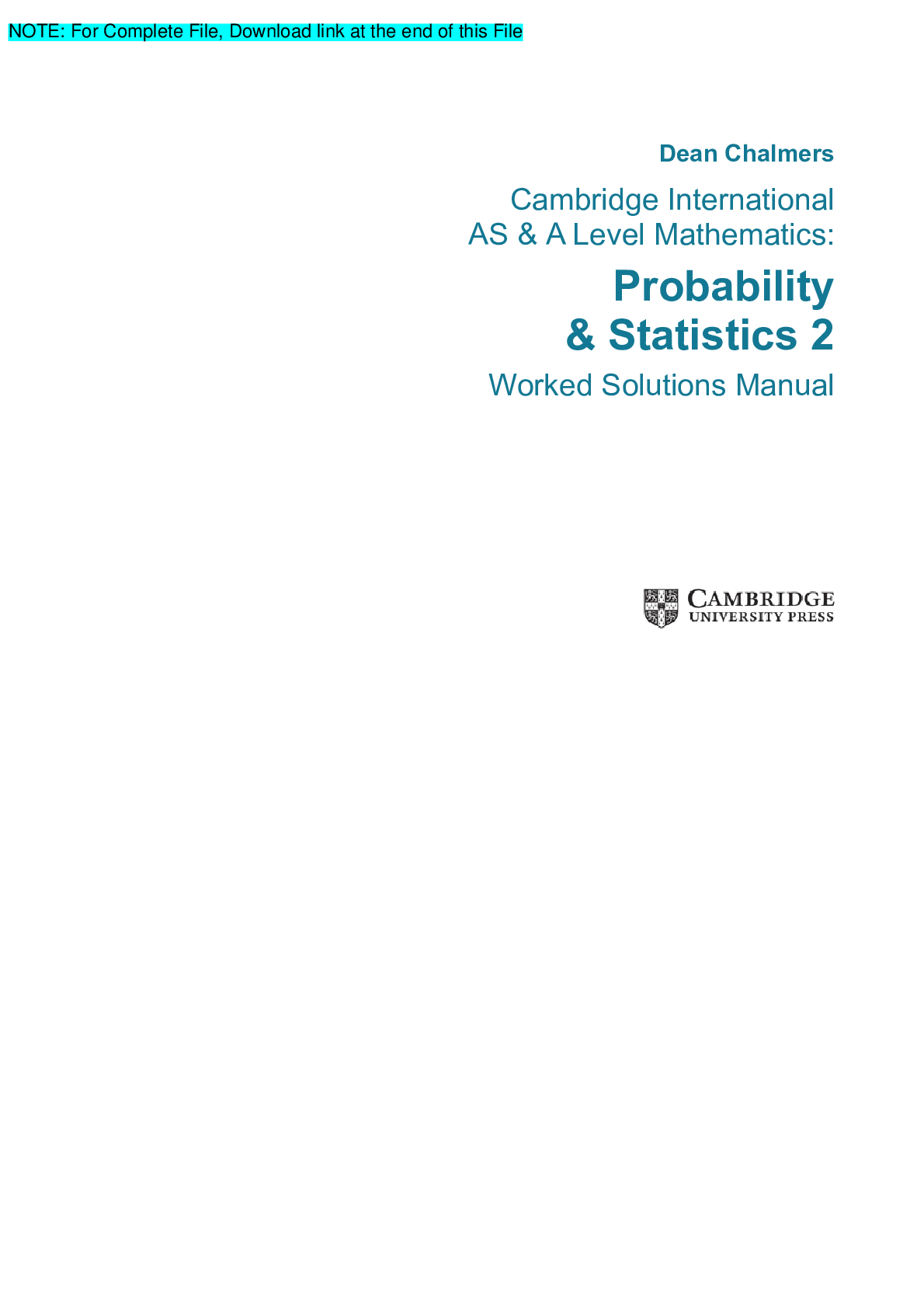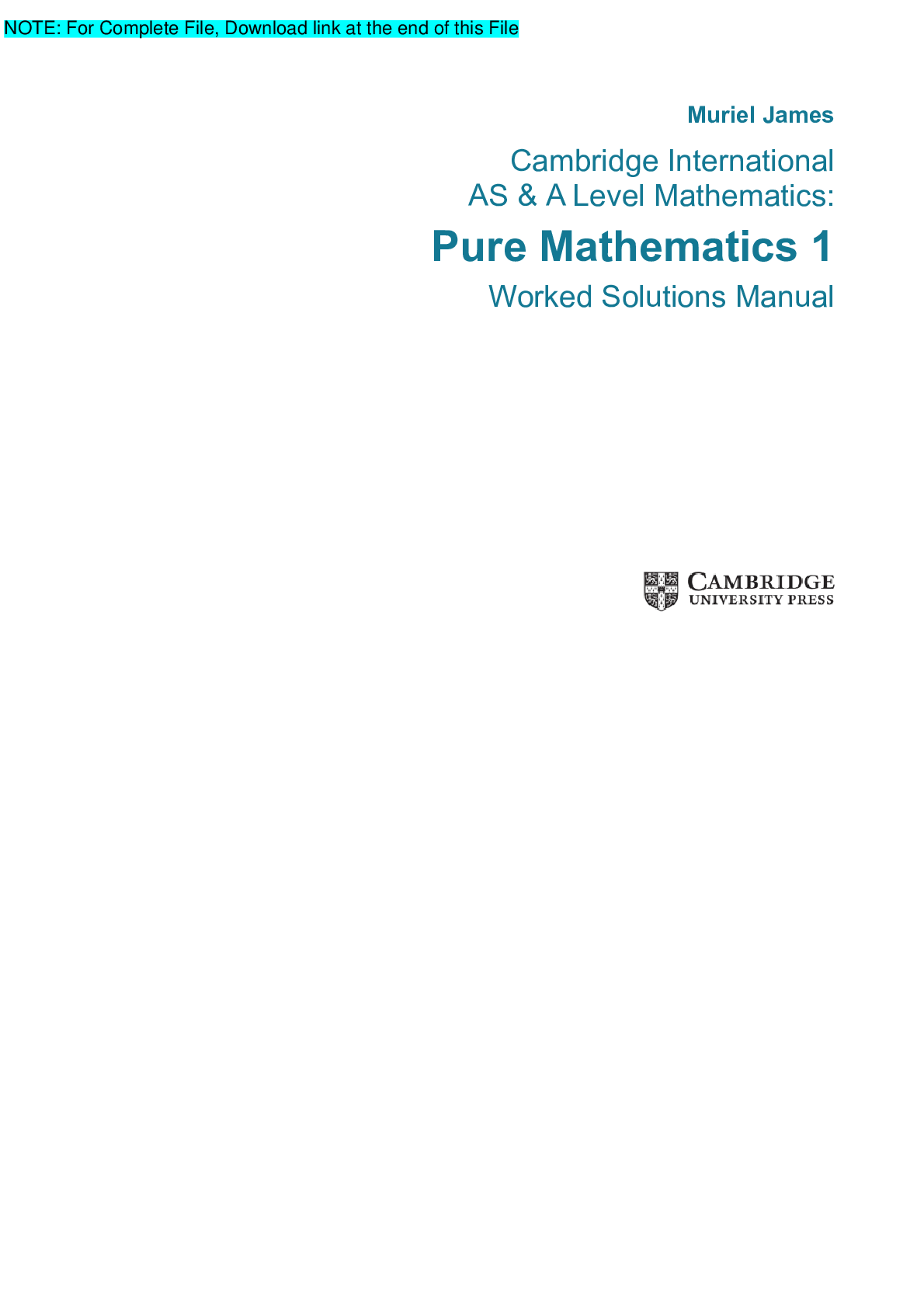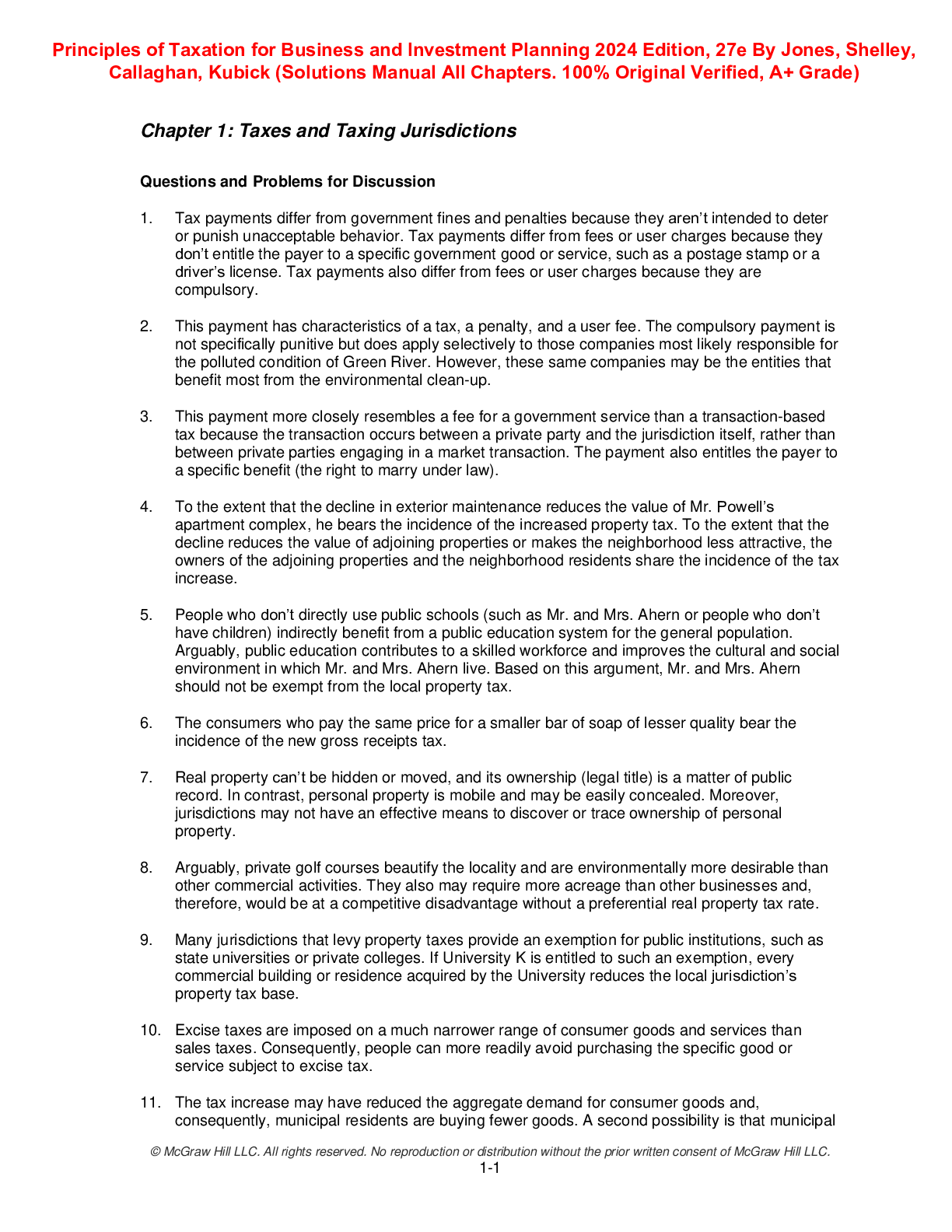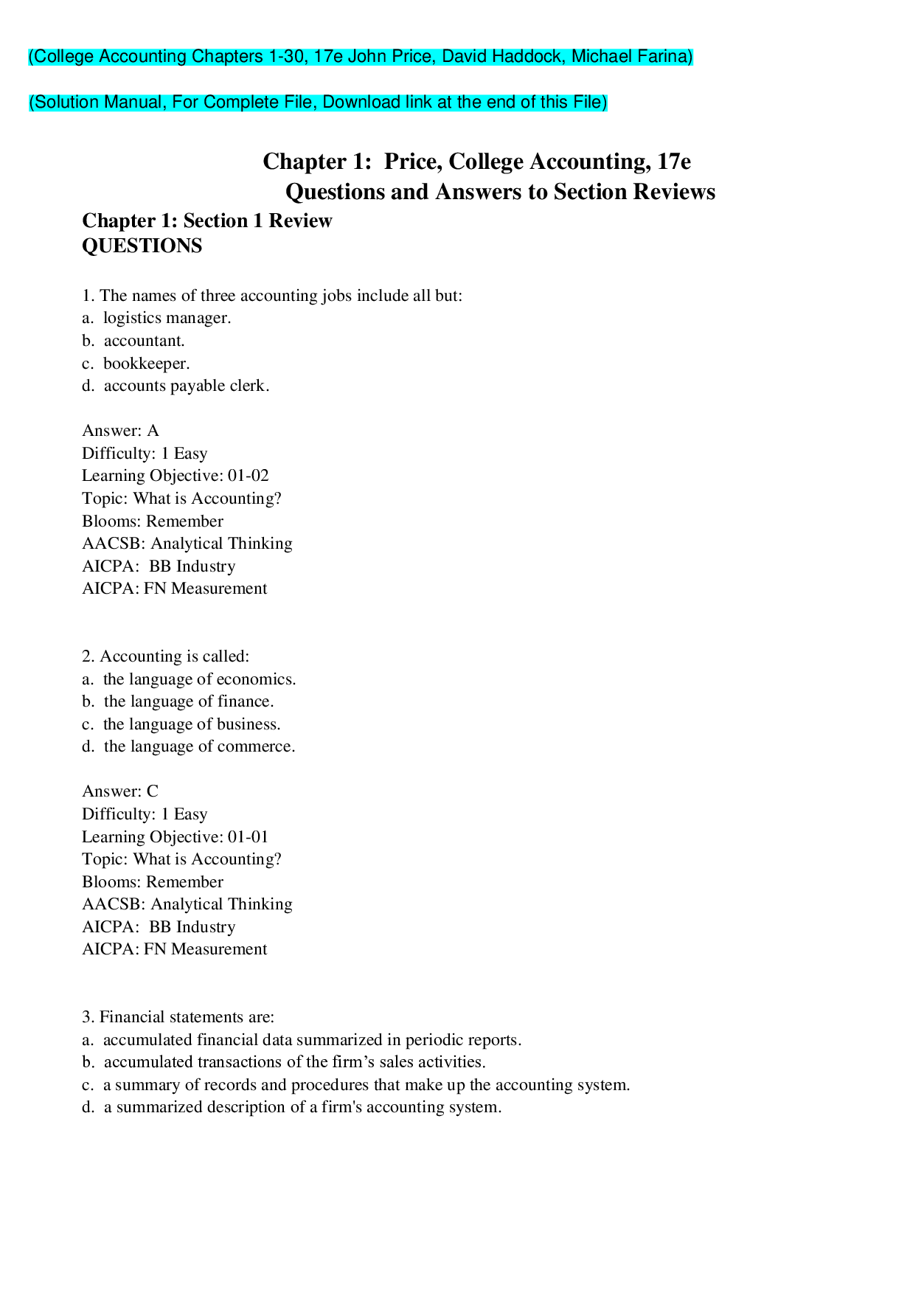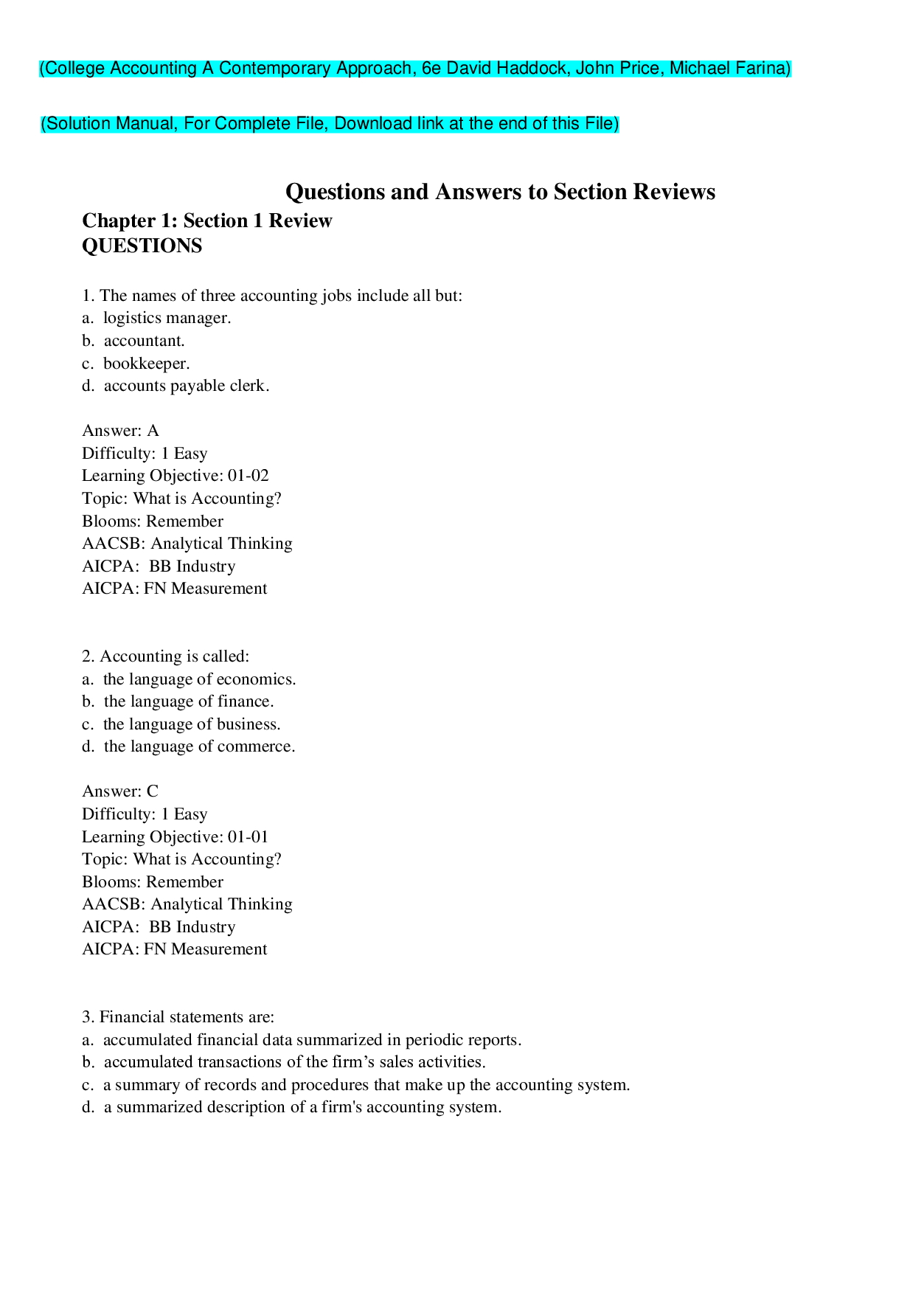Electrical Engineering > SOLUTIONS MANUAL > Solution Manual - Electronic Devices and Circuit Theory 10th Edition (All)
Solution Manual - Electronic Devices and Circuit Theory 10th Edition
Document Content and Description Below
Solution Manual - Electronic Devices and Circuit Theory 10th Edition 1. Copper has 20 orbiting electrons with only one electron in the outermost shell. The fact that the outermost shell with its 29t... h electron is incomplete (subshell can contain 2 electrons) and distant from the nucleus reveals that this electron is loosely bound to its parent atom. The application of an external electric field of the correct polarity can easily draw this loosely bound electron from its atomic structure for conduction. Both intrinsic silicon and germanium have complete outer shells due to the sharing (covalent bonding) of electrons between atoms. Electrons that are part of a complete shell structure require increased levels of applied attractive forces to be removed from their parent atom. 2. Intrinsic material: an intrinsic semiconductor is one that has been refined to be as pure as physically possible. That is, one with the fewest possible number of impurities. Negative temperature coefficient: materials with negative temperature coefficients have decreasing resistance levels as the temperature increases. Covalent bonding: covalent bonding is the sharing of electrons between neighboring atoms to form complete outermost shells and a more stable lattice structure. 3. − 4. W = QV = (6 C)(3 V) = 18 J 5. 48 eV = 48(1.6 × 10−19 J) = 76.8 × 10−19 J Q = W V = 19 76.8 10 J 12 V − × = 6.40 × 10−19 C 6.4 × 10−19 C is the charge associated with 4 electrons. 6. GaP Gallium Phosphide Eg = 2.24 eV ZnS Zinc Sulfide Eg = 3.67 eV 7. An n-type semiconductor material has an excess of electrons for conduction established by doping an intrinsic material with donor atoms having more valence electrons than needed to establish the covalent bonding. The majority carrier is the electron while the minority carrier is the hole. A p-type semiconductor material is formed by doping an intrinsic material with acceptor atoms having an insufficient number of electrons in the valence shell to complete the covalent bonding thereby creating a hole in the covalent structure. The majority carrier is the hole while the minority carrier is the electron. 8. A donor atom has five electrons in its outermost valence shell while an acceptor atom has only 3 electrons in the valence shell. 9. Majority carriers are those carriers of a material that far exceed the number of any other carriers in the material. Minority carriers are those carriers of a material that are less in number than any other carrier of the material. 2 10. Same basic appearance as Fig. 1.7 since arsenic also has 5 valence electrons (pentavalent). 11. Same basic appearance as Fig. 1.9 since boron also has 3 valence electrons (trivalent). 12. − 13. − 14. For forward bias, the positive potential is applied to the p-type material and the negative potential to the n-type material. 15. TK = 20 + 273 = 293 k = 11,600/n = 11,600/2 (low value of VD) = 5800 ID = Is 1 D K kV T e ⎛ ⎞ ⎜ ⎟ − ⎜ ⎟ ⎝ ⎠ = 50 × 10−9 (5800)(0.6) 293 e 1 ⎛ ⎞ ⎜ ⎟ − ⎝ ⎠ = 50 × 10−9 (e 11.877 − 1) = 7.197 mA 16. k = 11,600/n = 11,600/2 = 5800 (n = 2 for VD = 0.6 V) TK = TC + 273 = 100 + 273 = 373 (5800)(0.6 V) kV T/ K 373 9.33 ee e = = = 11.27 × 103 I = / ( 1) K kV T s I e − = 5 μA(11.27 × 103 − 1) = 56.35 mA 17. (a) TK = 20 + 273 = 293 k = 11,600/n = 11,600/2 = 5800 ID = Is 1 D K kV T e ⎛ ⎞ ⎜ ⎟ − ⎜ ⎟ ⎝ ⎠ = 0.1μA (5800)( 10 V) 293 e 1 − ⎛ ⎞ ⎜ ⎟ − ⎝ ⎠ = 0.1 × 10−6 (e −197.95 − 1) = 0.1 × 10−6 (1.07 × 10−86 − 1) ≅ 0.1 × 10−6 0.1μA ID = Is = 0.1 μA (b) The result is expected since the diode current under reverse-bias conditions should equal the saturation value. 18. (a) x y = e x 0 1 1 2.7182 2 7.389 3 20.086 4 54.6 5 148.4 (b) y = e 0 = 1 (c) For V = 0 V, e 0 = 1 and I = Is(1 − 1) = 0 mA 3 19. T = 20°C: Is = 0.1 μA T = 30°C: Is = 2(0.1 μA) = 0.2 μA (Doubles every 10°C rise in temperature) T = 40°C: Is = 2(0.2 μA) = 0.4 μA T = 50°C: Is = 2(0.4 μA) = 0.8 μA T = 60°C: Is = 2(0.8 μA) = 1.6 μA 1.6 μA: 0.1 μA ⇒ 16:1 increase due to rise in temperature of 40°C. 20. For most applications the silicon diode is the device of choice due to its higher temperature capability. Ge typically has a working limit of about 85 degrees centigrade while Si can be used at temperatures approaching 200 degrees centigrade. Silicon diodes also have a higher current handling capability. Germanium diodes are the better device for some RF small signal applications, where the smaller threshold voltage may prove advantageous. 21. From 1.19: −75°C 25°C 125°C VF @ 10 mA Is 1.1 V 0.01 pA 0.85 V 1 pA 0.6 V 1.05 μA VF decreased with increase in temperature 1.1 V: 0.6 V ≅ 1.83:1 Is increased with increase in temperature 1.05 μA: 0.01 pA = 105 × 103 :1 22. An “ideal” device or system is one that has the characteristics we would prefer to have when using a device or system in a practical application. Usually, however, technology only permits a close replica of the desired characteristics. The “ideal” characteristics provide an excellent basis for comparison with the actual device characteristics permitting an estimate of how well the device or system will perform. On occasion, the “ideal” device or system can be assumed to obtain a good estimate of the overall response of the design. When assuming an “ideal” device or system there is no regard for component or manufacturing tolerances or any variation from device to device of a particular lot. 23. In the forward-bias region the 0 V drop across the diode at any level of current results in a resistance level of zero ohms – the “on” state – conduction is established. In the reverse-bias region the zero current level at any reverse-bias voltage assures a very high resistance level − the open circuit or “off” state − conduction is interrupted. 24. The most important difference between the characteristics of a diode and a simple switch is that the switch, being mechanical, is capable of conducting current in either direction while the diode only allows charge to flow through the element in one direction (specifically the direction defined by the arrow of the symbol using conventional current flow). 25. VD ≅ 0.66 V, ID = 2 mA RDC = 0.65 V 2 mA D D V I = = 325 Ω 4 26. At ID = 15 mA, VD = 0.82 V RDC = 0.82 V 15 mA D D V I = = 54.67 Ω As the forward diode current increases, the static resistance decreases. 27. VD = −10 V, ID = Is = −0.1 μA RDC = 10 V 0.1 A D D V I μ = = 100 MΩ VD = −30 V, ID = Is= −0.1 μA RDC = 30 V 0.1 A D D V I μ = = 300 MΩ As the reverse voltage increases, the reverse resistance increases directly (since the diode leakage current remains constant). 28. (a) rd = 0.79 V 0.76 V 0.03 V 15 mA 5 mA 10 mA d d V I Δ − = = Δ − = 3 Ω (b) rd = 26 mV 26 mV ID 10 mA = = 2.6 Ω (c) quite close 29. ID = 10 mA, VD = 0.76 V RDC = 0.76 V 10 mA D D V I = = 76 Ω rd = 0.79 V 0.76 V 0.03 V 15 mA 5 mA 10 mA d d V I Δ − ≅ = Δ − = 3 Ω RDC >> rd 30. ID = 1 mA, rd = 0.72 V 0.61 V 2 mA 0 mA d d V I Δ − = Δ − = 55 Ω ID = 15 mA, rd = 0.8 V 0.78 V 20 mA 10 mA d d V I Δ − = Δ − = 2 Ω 31. ID = 1 mA, rd = 26 mV 2 DI ⎛ ⎞ ⎜ ⎟ ⎝ ⎠ = 2(26 Ω) = 52 Ω vs 55 Ω (#30) ID = 15 mA, rd = 26 mV 26 mV ID 15 mA = = 1.73 Ω vs 2 Ω (#30) 32. rav = 0.9 V 0.6 V 13.5 mA 1.2 mA d d V I Δ − = Δ − = 24.4 Ω [Show More]
Last updated: 1 month ago
Preview 1 out of 345 pages

Reviews( 0 )
Document information
Connected school, study & course
About the document
Uploaded On
Apr 04, 2024
Number of pages
345
Written in
Additional information
This document has been written for:
Uploaded
Apr 04, 2024
Downloads
0
Views
22




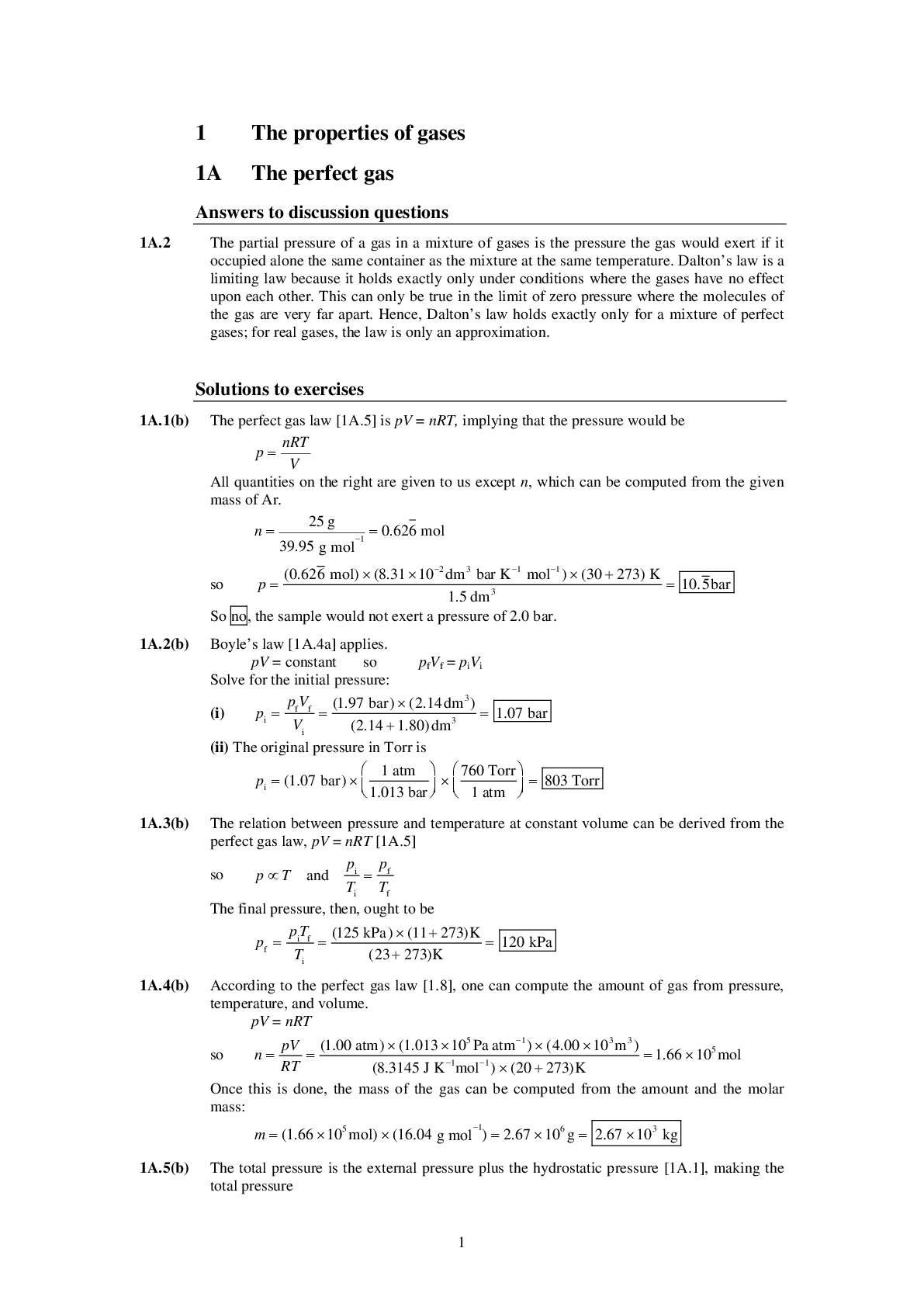
 for Linear Algebra and Its Applications (Thomas Polaski, Judith McDonald -David C.png)
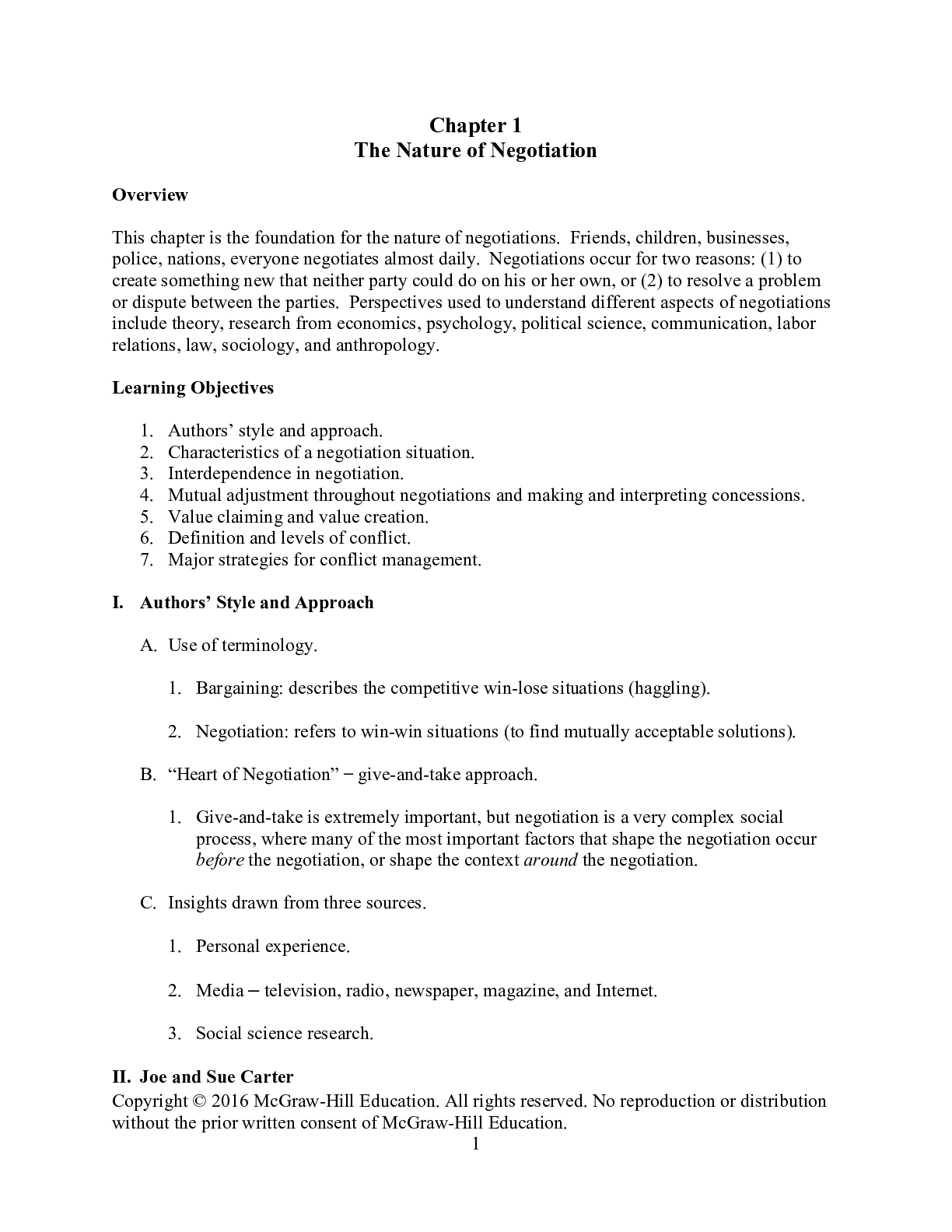
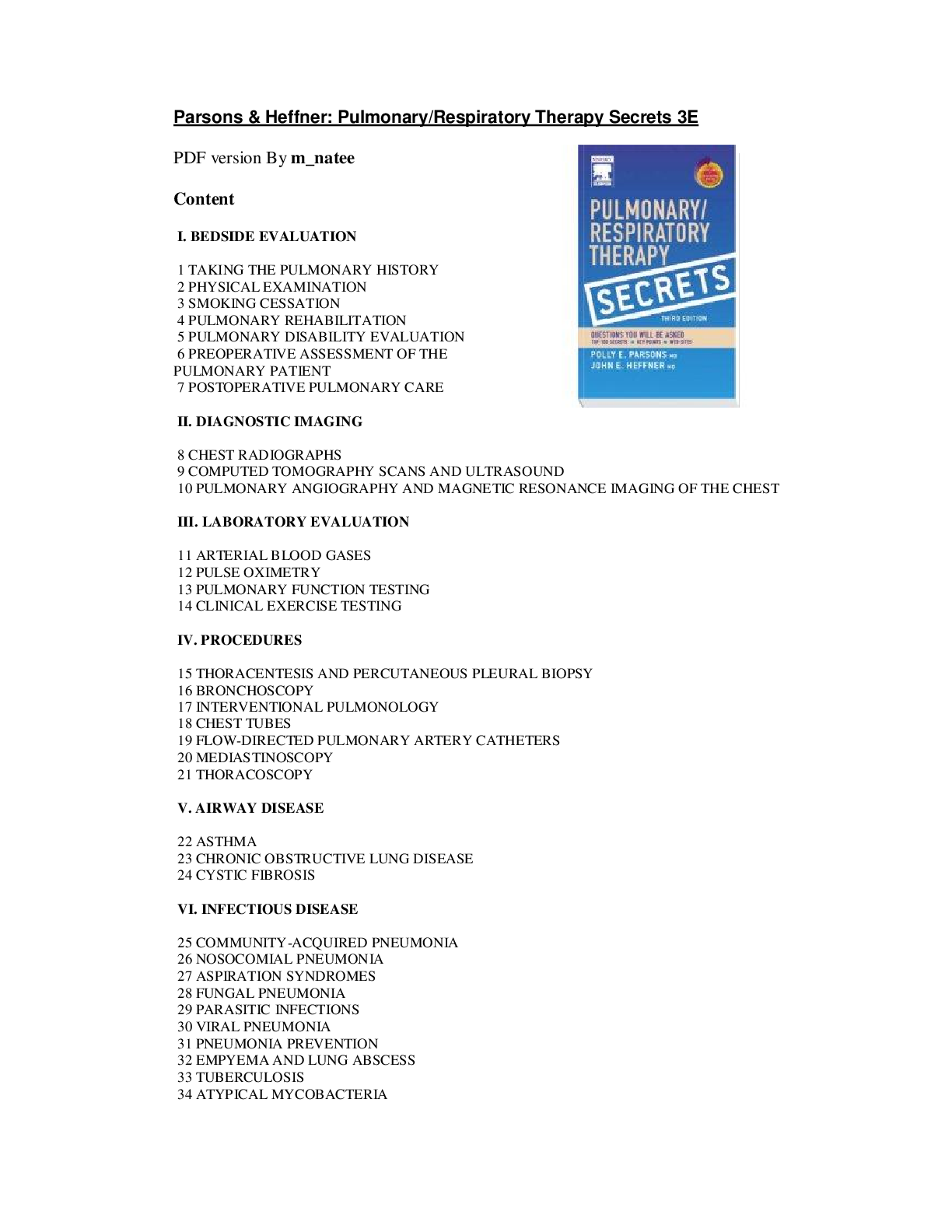

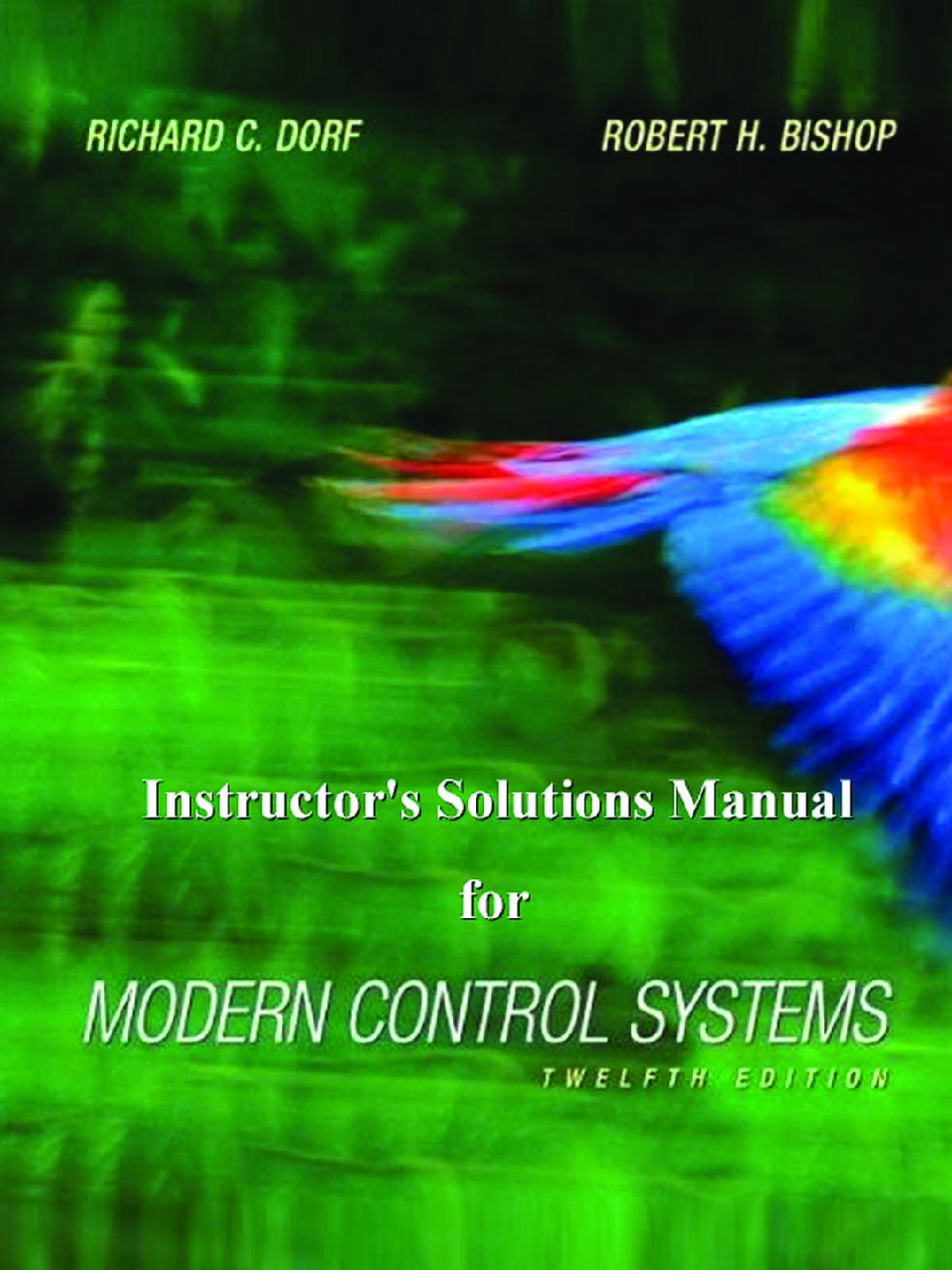
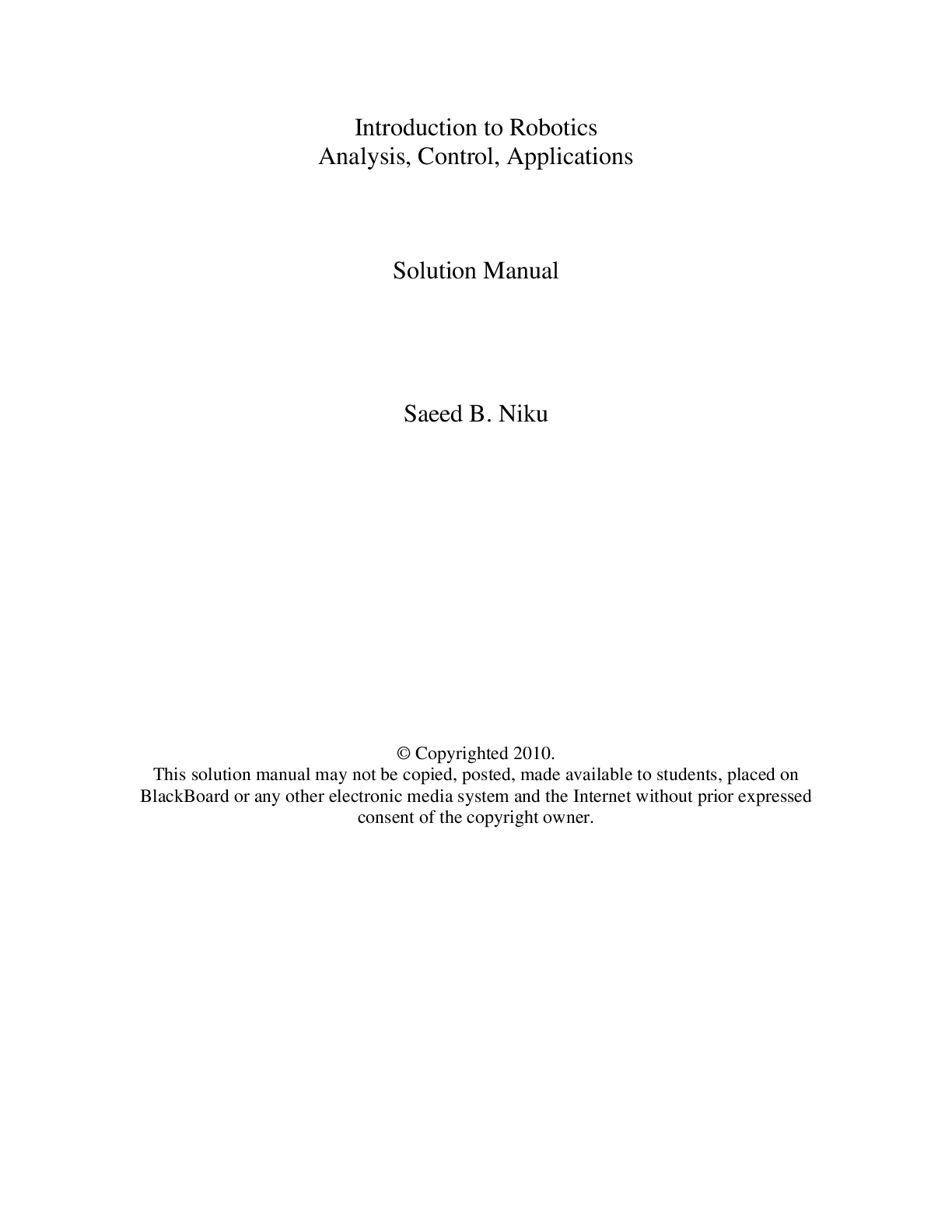
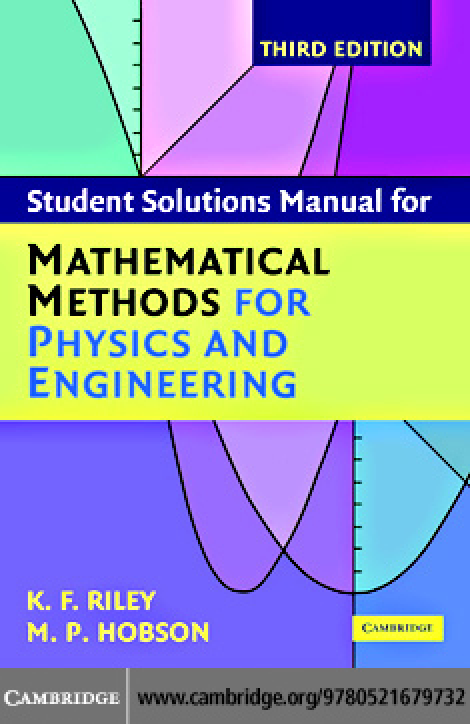
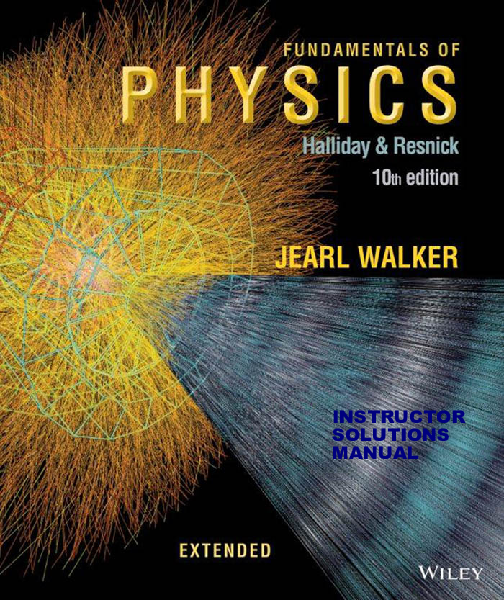

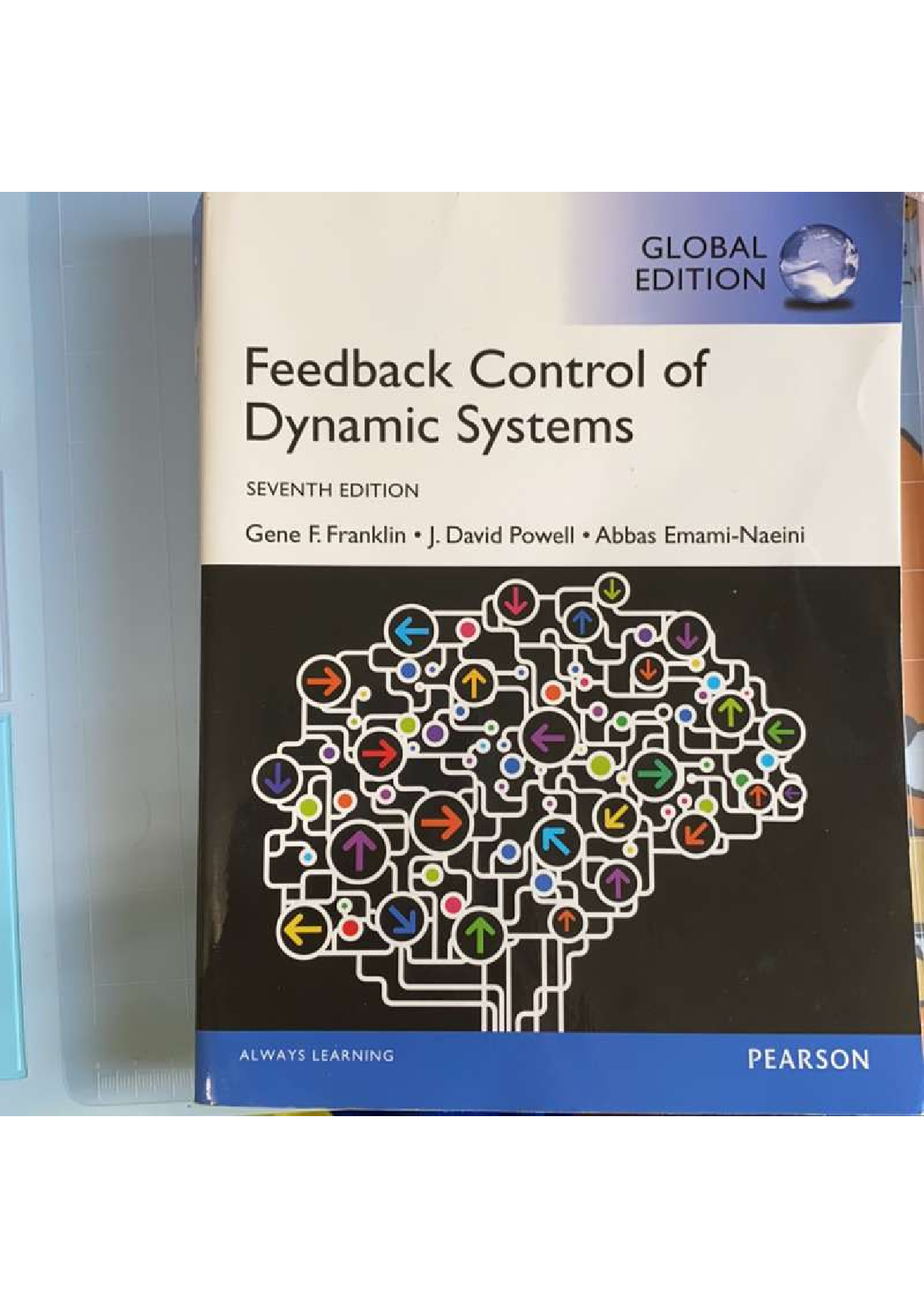
 by David M.png)

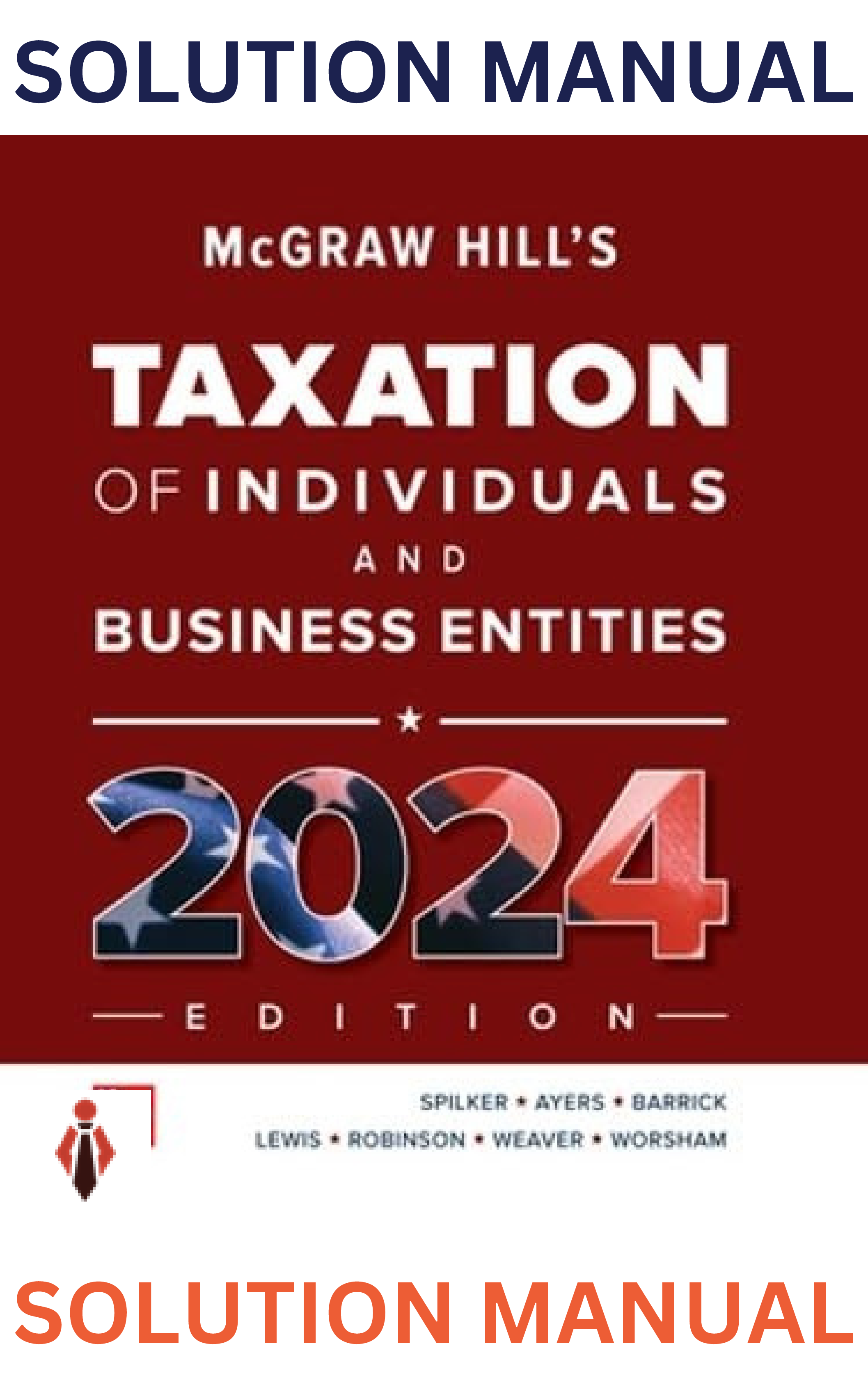


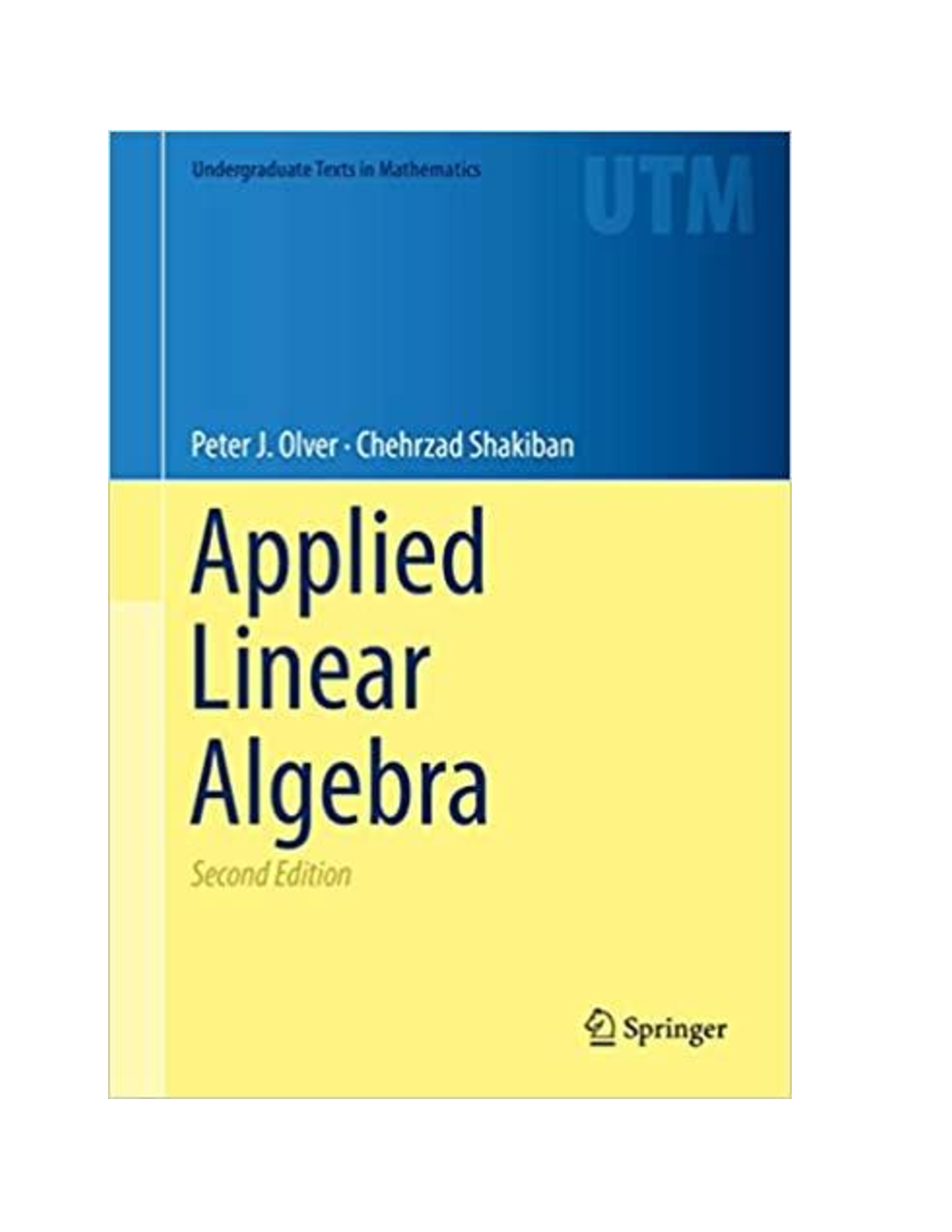
 2e Peter Olver, Chehrzad Shakiban.png)




